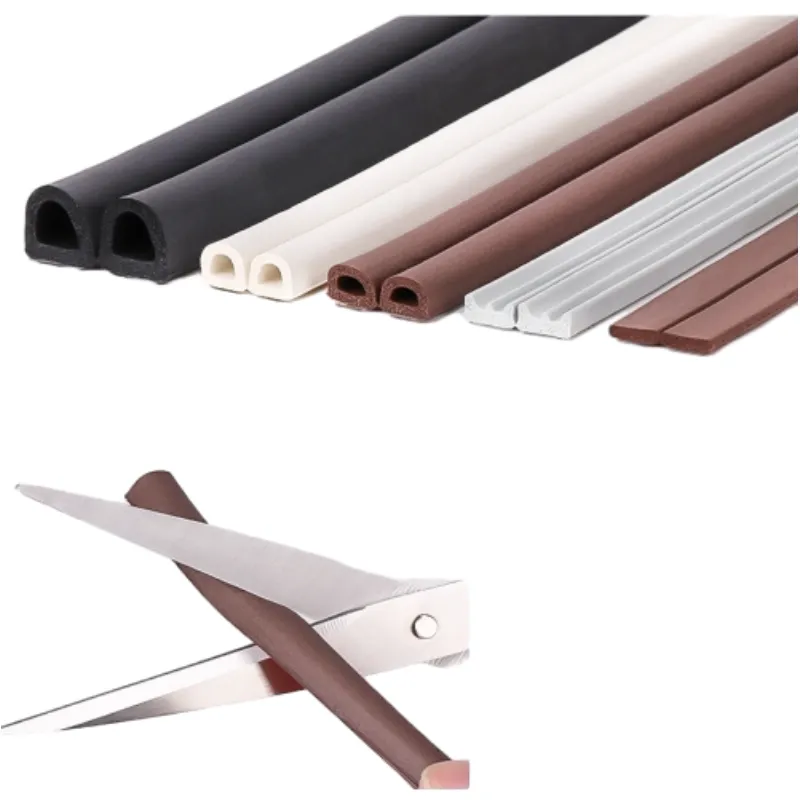Effective Weather Stripping Solutions for Your Door to Enhance Insulation and Comfort
The Importance of Door Weather Stripping Enhancing Comfort and Efficiency
Weather stripping is an essential component of any door system that plays a pivotal role in maintaining indoor comfort and energy efficiency. Often overlooked, door weather stripping serves as a vital barrier against the elements, protecting your home from drafts, moisture, dust, and insects. In this article, we will delve into the significance of door weather stripping, particularly focusing on its role at the sides of the door, the various types available, and the benefits of proper installation.
Understanding Door Weather Stripping
Weather stripping is a material applied around doors and windows to seal gaps and prevent air leakage. As houses settle and age, gaps can form around door frames, especially on the sides, allowing outside air to infiltrate. This can lead to increased energy bills as heating or cooling systems work harder to maintain a comfortable indoor temperature.
In essence, door weather stripping acts as a shield. It not only keeps your living space comfortable by preventing drafts but also protects your interiors from moisture and outside contaminants. This is particularly important for homeowners seeking to create an energy-efficient living environment.
Different Types of Weather Stripping
There are various materials used for weather stripping, each suited for different door types and climates
. Below are some of the most common options1. Adhesive Foam Tape This is a popular choice for many homeowners due to its easy installation. The foam tape can be cut to size and applied directly to the sides of the door frame. It works best on smooth surfaces and is suitable for lightweight doors.
2. V-Strip (Tension Seal) Made from durable plastic or metal, V-strips are designed to create a tight seal when the door is closed. The strips can be applied to the sides and the top of the door frame, providing excellent protection against drafts.
3. Door Sweeps While primarily designed for the bottom of the door, many door sweeps also have side components that enhance sealing. They are effective at closing the gap between the door and the threshold, preventing air leakage.
door weather stripping side

4. Rigid Weather Stripping This option includes materials such as aluminum or other metals, which are installed alongside the door frame. Rigid weather stripping is highly durable and provides a sturdy barrier against air and weather.
Benefits of Proper Weather Stripping Installation
Investing in quality weather stripping and ensuring its correct installation can yield numerous benefits for your home
- Improved Energy Efficiency By sealing gaps around doors, you reduce the amount of conditioned air that escapes, leading to lower heating and cooling costs. This is particularly noticeable during extreme weather conditions.
- Enhanced Comfort Proper weather stripping keeps drafts at bay, leading to a more consistent and comfortable indoor temperature. This is especially beneficial in areas with fluctuating climate conditions.
- Protection Against Moisture and Pests A well-sealed door can help prevent moisture from entering, which can lead to mold and mildew. Additionally, it acts as a barrier against insects and other pests.
- Increased Lifespan of HVAC Systems By maintaining stable indoor temperatures, your heating and cooling systems are not overworked, potentially extending their lifespan and reducing maintenance costs.
Conclusion
In conclusion, door weather stripping, particularly on the sides, plays a crucial role in maintaining your home’s energy efficiency and comfort. Given its myriad benefits—from reducing energy costs to providing protection against external elements—investing time and resources into selecting and installing the right type of weather stripping can pay significant dividends in the long run. Whether you’re looking to enhance your home’s livability or drive down energy expenditures, assessing and improving your door weather stripping should be a priority.
-
Under Door Draught Stopper: Essential ProtectionNewsJul.31,2025
-
Garage Door Seal and Weatherstrips for ProtectionNewsJul.31,2025
-
Edge Banding Tape for Perfect EdgesNewsJul.31,2025
-
Table Corner Guards and Wall Corner ProtectorsNewsJul.31,2025
-
Stair Nose Edging Trim and Tile Stair SolutionsNewsJul.31,2025
-
Truck Bed Rubber Mats for Pickup BedsNewsJul.31,2025
-
Window Weather Stripping for Noise ReductionNewsJul.29,2025